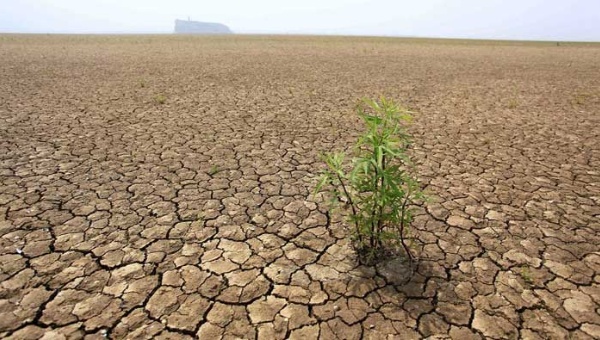Glossary. Drought Definition
Drought is the consequence of a natural reduction in the amount of precipitation over extended period of time, usually a season or more in length, often associated with other climatic factors (such as high temperatures, high winds and low relative humidity) that can aggravate the severity of the event, (Sivakumar, 2005).
Drought is a recurring extreme climate event over land characterized by below-normal precipitation over a period of months to years. Drought is a temporary dry period, in contrast to the permanent aridity in arid areas. Drought occurs over most parts of the world, even in wet and humid regions. This is because drought is defined as a dry spell relative to its local normal condition.
Drought is classified as:
1. Climatic drought
2. Hydrological drought
3. Agricultural drought
Generally there are three types of conditions that are referred to as drought, Meteorological drought is brought about when there is a prolonged period with below average precipitation; Agricultural drought is brought about when there is insufficient moisture for average crop or range production, this condition can arise, even in times of average precipitation, due to soil conditions or agricultural techniques; and Hydrologic drought is brought about when the water reserves available in sources such as aquifers, lakes and reservoirs falls below the statistical average, this condition can arise even in times of average (or above average) precipitation, when increased usage of water diminishes the reserves, American Meteorological Society (AMS 1997). (Wilhite, 2000 and Sivakumar, 2005).
Drought Indices.
Standardized Precipitation Index (SPI) was developed by McKee et al.
(1993). It is based on the anomaly of (monthly) precipitation
divided by the standard deviation of precipitation for this time
span (e.g., 1 month). Only precipitation data are needed, which is a
big advantage. This index was developed for the purpose of defining
and monitoring drought.
Standardized Precipitation Evapotranspiration Index (SPEI;
Vicente-Serrano et al., 2010a). It is based on the difference
between precipitation and PET (Potential evapotranspiration). The
calculation or measurement of the PET is the main challenge. The
calculation of the SPEI is similar to the calculation of the SPI.
The SPEI was suggested as an alternative to the SPI by WMO (2009).
In this case, the evapotranspiration values (used to compute de
water balance) were calculated using the Thornwaite formulation. The
decision to use Thornwaite equation is supported in the simplicity
of it computation as well as in the fact that the SPEI values
estimated by other more complex equations (such as Penman-Monteith)
do not change the drought events detection.
Time-Scale
They enable the identification of different drought types such as
meteorological or hydrological drought. Where SPI and SPEI indexes
are calculated at various time scales (i. e. 1-months, 2-months,
6-months, 36-months, etc). For example for this study a 3 months SPI
and SPEI are used for a short-term or seasonal drought index,, a 12
months for an intermediate-term drought index, and a 48 months for a
long-term drought index.

